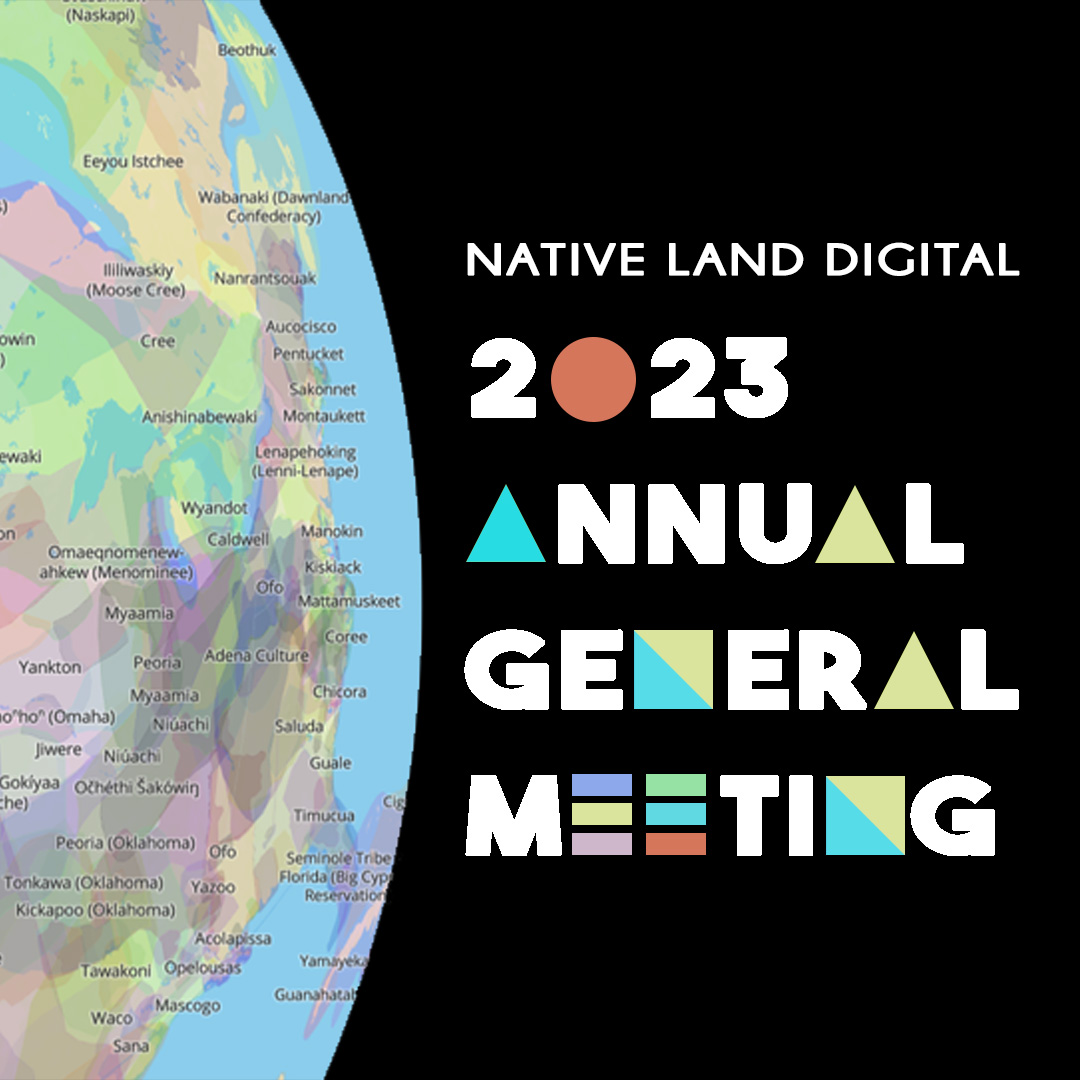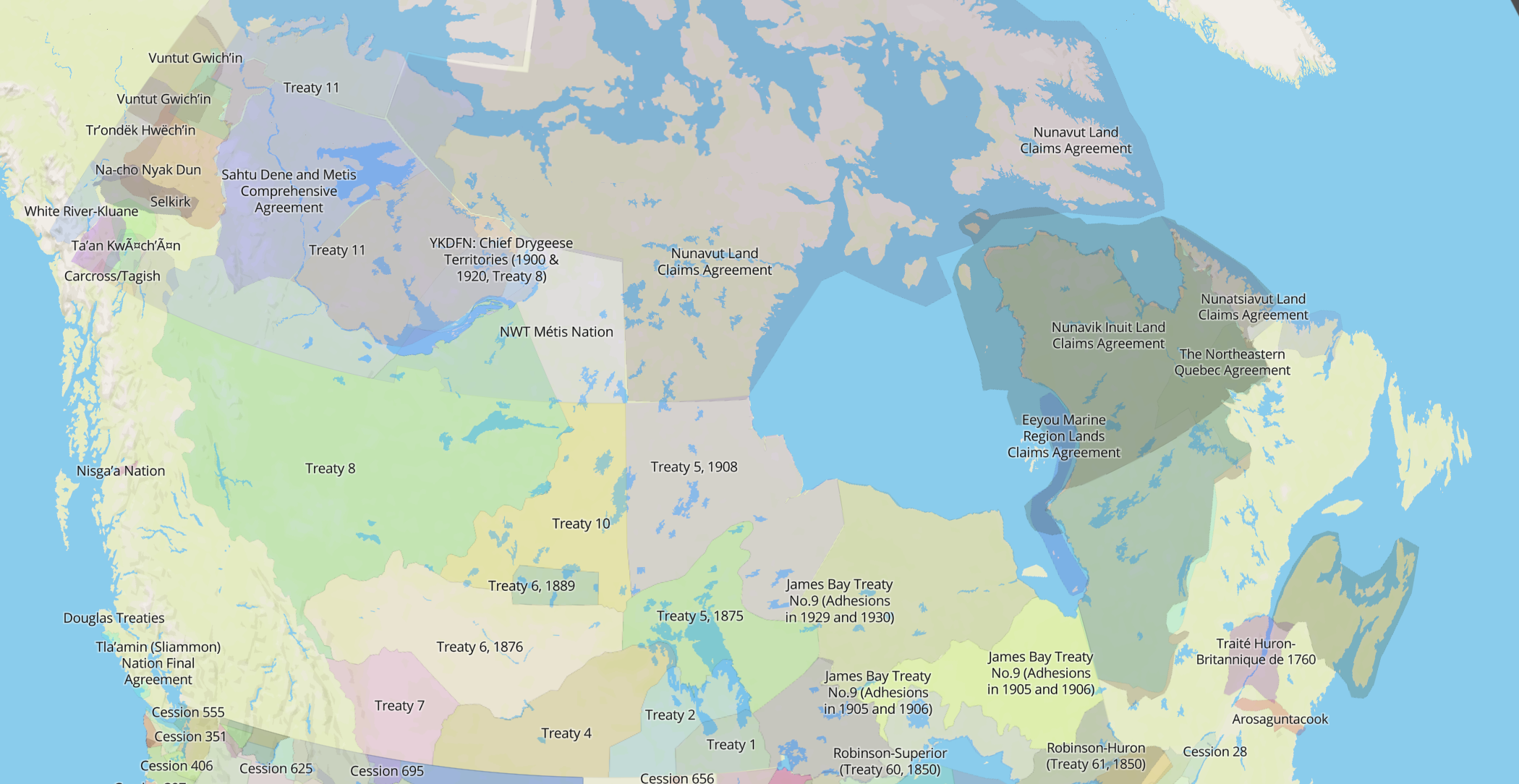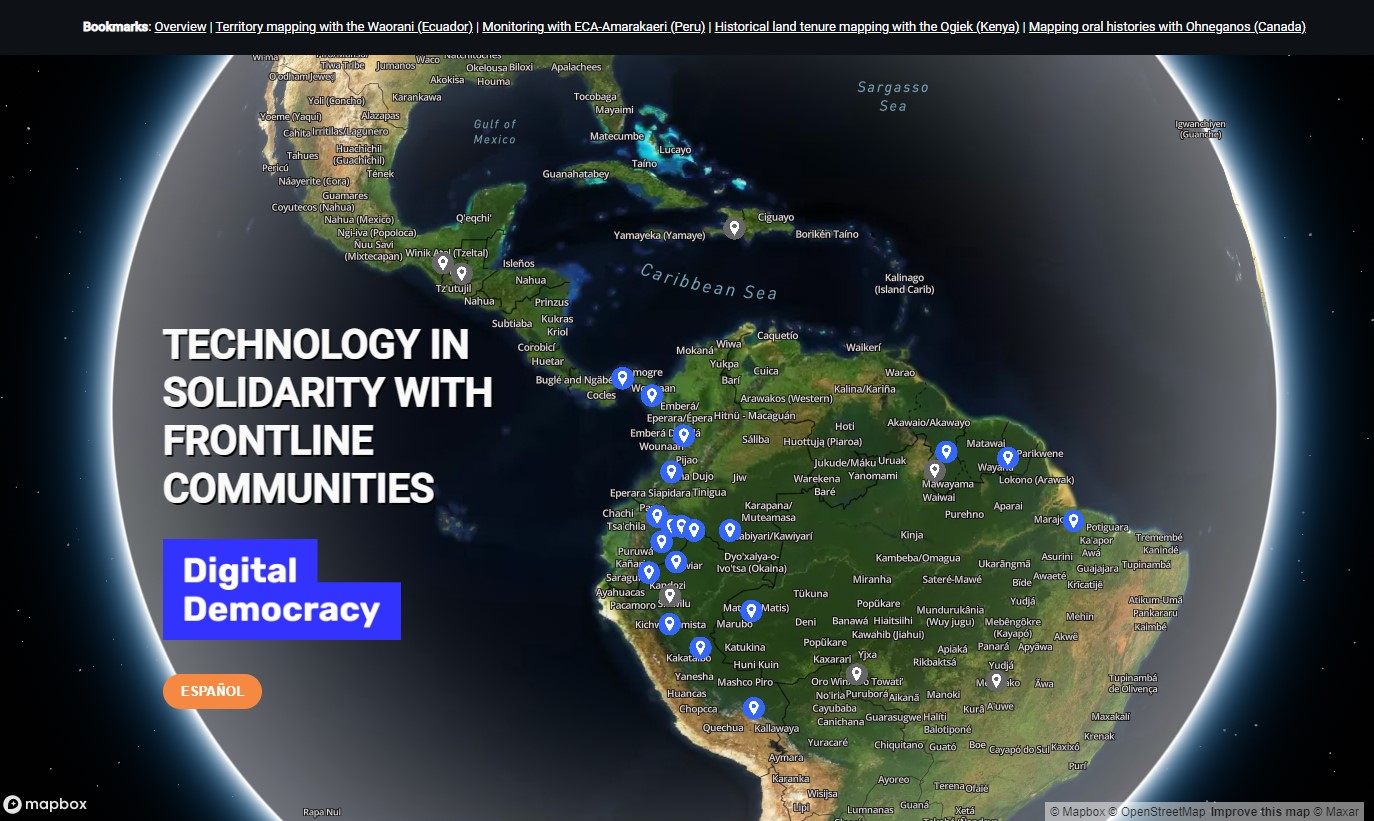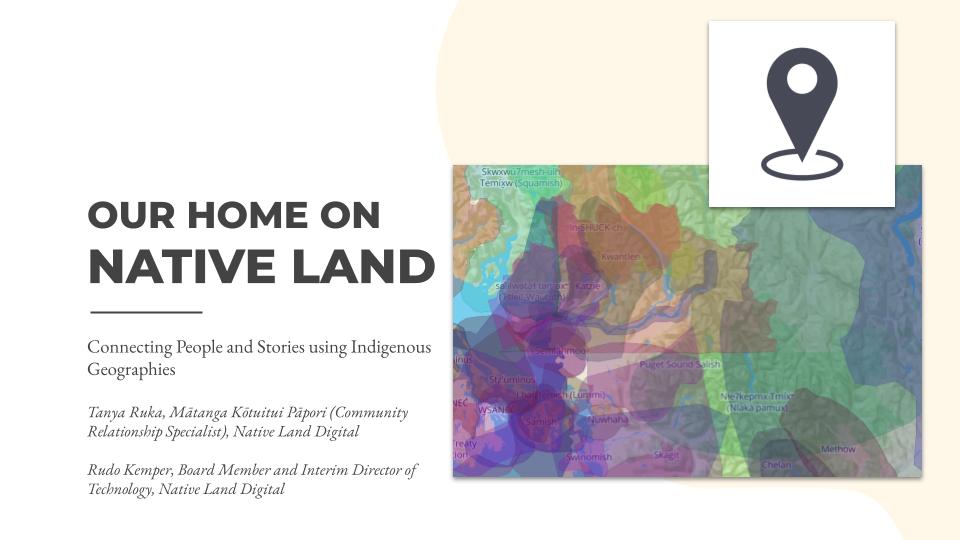When it comes to the Native Land map, we’re always trying to balance two big goals: expanding the map versus improving the map where we already have shapes. We have been getting a lot of questions about why areas in Africa are not mapped out, and while this has long been on our goal list, we haven’t made huge strides. We are working hard to expand the map into African countries, but it’s a slow process, and we want to give some insight into the way we try to approach things.
Mapping a new area — an area you don’t know much about — is not easy. Mapping something like “Indigenous people in Africa” is more complicated than it first appears.
First of all, what does it even mean when we’re talking about “Africa”? It’s a term often used in Western countries as thought it was a single thing — “Africa” — as though it was one country, one history. But obviously this isn’t even close to the case. It’s an enormous continent, with an enormous history of human habitation and extraordinarily complex relations between peoples, traditions, ethnicities and history. There are many countries, often tied up with colonial history, with complex borders and inter-relations.
A few questions that guide us as we start our approach:
- Who is Indigenous in “Africa”? What is a traditional territory? Do people consider themselves more of ethnicities than nations, communities, peoples, languages, cultural groups?
- Who is not Indigenous?
- What existing sources can we use to inform our Indigenous maps?
- How do we get in contact with Indigenous tribes?
- Should we use government definitions of Indigenous tribes when going country-by-country?
- How can we be aware of our role in potentially exacerbating or creating conflict between groups by mapping too quickly or too ignorantly?
- Are there “low hanging fruit” when it comes to mapping Indigenous Africa, ie., tribes that are easy to identify as Indigenous? Does this mean we are falling subject to tropes and stereotypes about African Indigenous people?
- How can we try to avoid making terrible mistakes where we completely misname groups or erase people from the map accidentally?
There are some broad sources for “mapping Africa” — such as the unbelievably informative Harvard AfricaMap resource, the Decolonial Atlas of African Languages or smaller articles like Mapping Indigenous Territory in Africa, but few give us any quick answers. AfricaMap has many views, but we are not sure that mapping modern-day ethnicity is the right way to approach mapping Indigenous nations. We are also not sure how “tribes” might consider themselves in Africa, or how they may want to see themselves placed on a map.
We are currently seeking out as many experts as we can in the subject, whether that is academics, Indigenous Africans, or others, so that we can approach this subject in a realistic and respectful way. It will take time. We plan to go country-by-country and learn as much as we can along the way.
We appreciate all the help that people might be able to give! We will be writing a series of blog posts as we learn more about how Indigeneity in Africa works.





